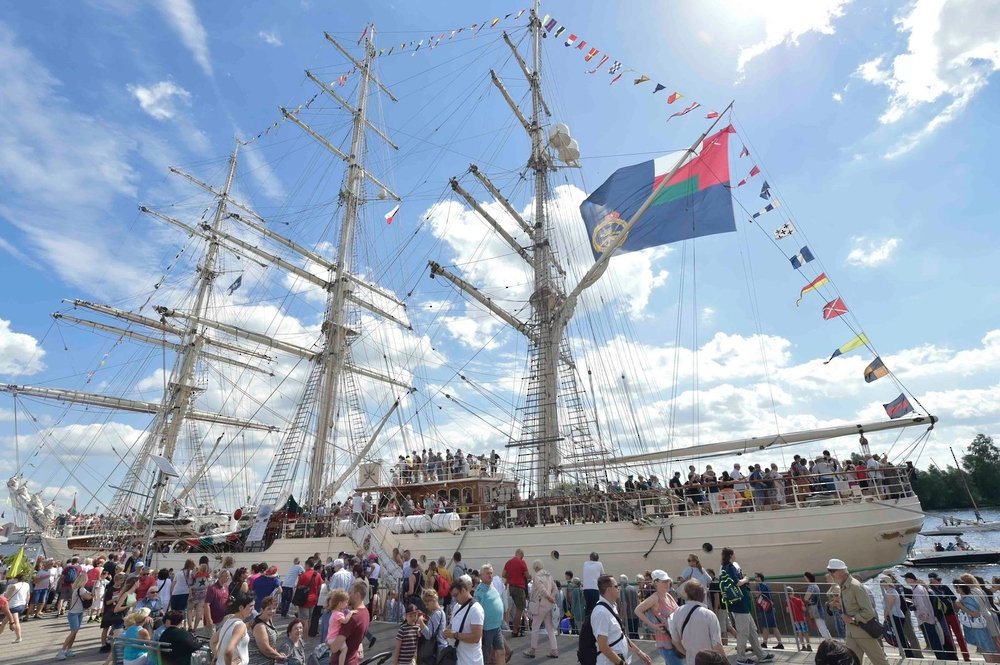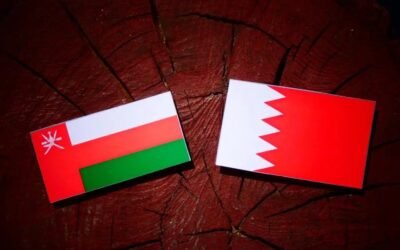
Oman Achieves Global Recognition for Cultural Heritage Preservation
Shabab Oman’s Recognition
Oman’s success was announced during the 19th session of the Intergovernmental Committee for the 2003 Convention on the Safeguarding of the Intangible Cultural Heritage, currently being held in Asunción, Paraguay. The country was represented by its Ministry of Culture, Sports, and Youth, the Royal Oman Navy, and the Omani National Commission for Education, Culture, and Science. The program, which focuses on promoting peace and cultural dialogue through maritime training, was lauded by UNESCO experts for its contribution to the preservation and promotion of Omani culture globally.
Significance of the Henna Tradition
In addition to the success of Shabab Oman, Oman also succeeded in listing the practice of Henna (cosmetic and social practices) as a joint Arab cultural file on the Representative List of Intangible Cultural Heritage. Henna is deeply ingrained in Omani and Arab traditions, symbolizing beauty, health, and celebration. It is used extensively in cultural ceremonies and has therapeutic uses that are passed down through generations. This listing reflects Oman’s commitment to celebrating its shared cultural heritage with other Arab nations.
Shabab Oman’s Role in Cultural Diplomacy
The Sail Training Ship, Shabab Oman, is not only a training vessel but also a floating ambassador that travels the seas, introducing the world to Omani culture and civilization. The ship provides Omani youth with the opportunity to experience different cultures, which aligns with UNESCO’s mission of promoting global dialogue and understanding. Through its voyages, Shabab Oman helps to build the skills of its crew to face challenges in diverse environments, while also promoting the rich history of Oman’s maritime heritage.
This program plays a critical role in fostering a culture of peace, dialogue, and respect for cultural diversity. It serves as a tool for both cultural diplomacy and youth development, reinforcing Oman’s position as a global leader in cultural exchange.
A Sustainable Cultural Legacy
The recognition of Shabab Oman’s program highlights the sustainability and long-term impact of Oman’s cultural initiatives. By documenting and utilizing the ship’s accumulated knowledge and experiences, Oman ensures the continued preservation of its maritime heritage while also looking forward to future projects that align with the cultural goals of Oman Vision 2040. The inclusion of Shabab Oman in the UNESCO list of intangible cultural heritage is a significant milestone in preserving Oman’s traditions and promoting them to a global audience.
Oman’s Ongoing Efforts in Cultural Preservation
This recent success builds on Oman’s previous achievements in safeguarding intangible cultural heritage. Over the years, the country has successfully registered 14 elements on the UNESCO Representative List of Intangible Cultural Heritage. These include both national and joint Arab cultural practices, such as:
- National Elements:
- Al-Bara’a (2010)
- Al-Azi (2012)
- Horse and Camel Dance (2018)
- Omani Khanjar (2022)
- Joint Arab Elements:
- Al-Tughroud (2012)
- Al-Ayalah (2014)
- Zafah and Cultural Spaces of Majlis (2015)
- Arabic Coffee (2015)
- Date Palm (2019)
- Camel Races (2020)
- Arabic Calligraphy (2021)
- Camel Herding Songs (2022)
- Harees (2023)
- Henna (2024)
These recognitions highlight Oman’s ongoing commitment to preserving its cultural heritage and promoting it on the global stage. Through collaborative efforts between the public and private sectors, Oman has successfully positioned itself as a global leader in heritage preservation.
Conclusion
Oman’s recognition for its Sail Training Ship Program (Shabab Oman) and the Henna tradition is a proud achievement in the country’s ongoing efforts to preserve and promote its rich cultural heritage. Through initiatives like Shabab Oman, Oman is not only safeguarding its traditions but also sharing them with the world, fostering a culture of peace, dialogue, and mutual respect among nations. As Oman continues to highlight its cultural contributions, the future looks promising for the continued recognition of its rich history and vibrant heritage.



